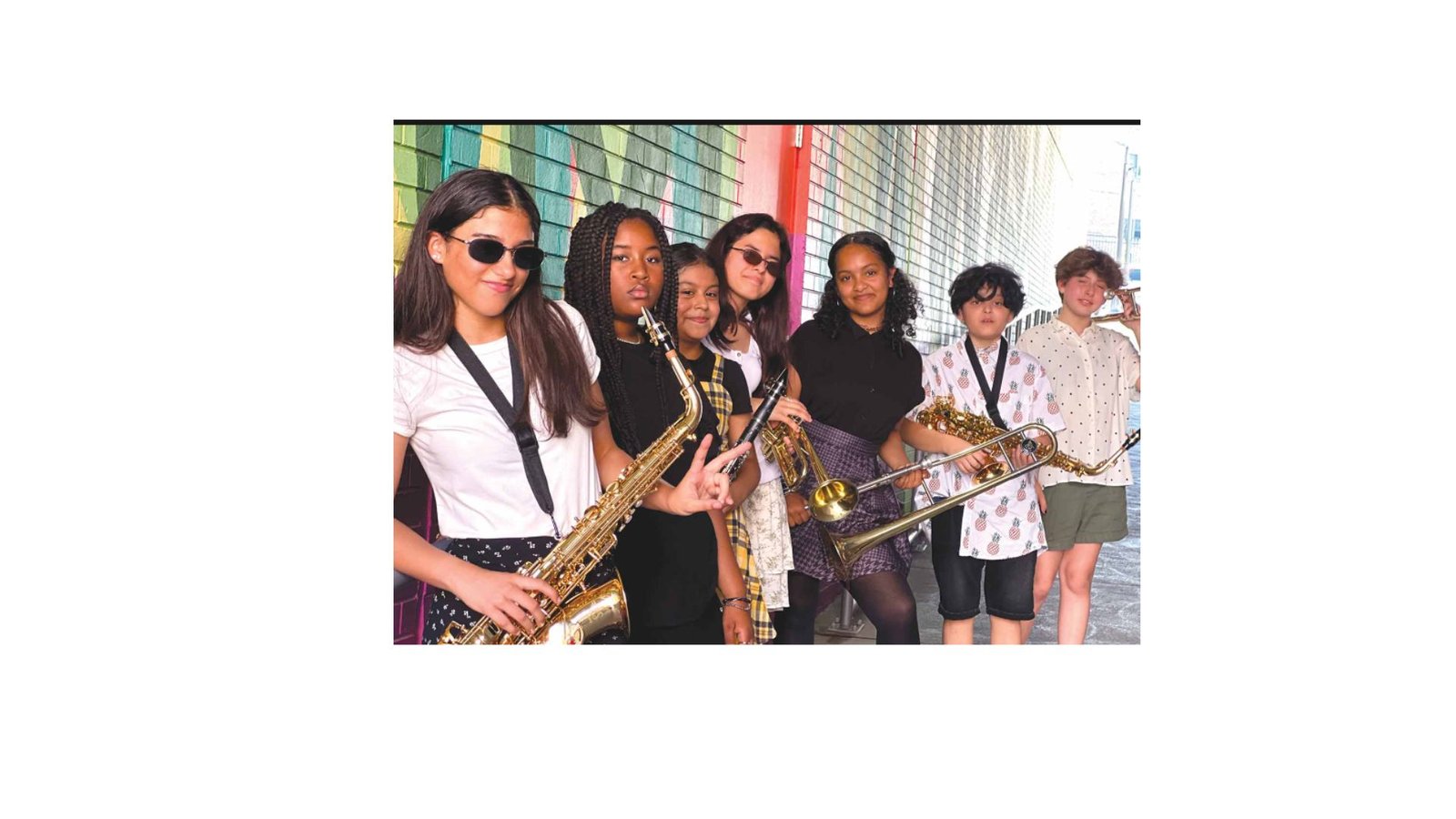
Jazz, often hailed as America’s greatest cultural achievement, is a genre deeply rooted in history, innovation, and diversity. Its journey from the streets of New Orleans to concert halls worldwide is a fascinating tale of cultural fusion, artistic experimentation, and social change. In this blog post, we’ll embark on a musical journey through time, tracing the evolution of jazz from its humble beginnings to its modern interpretations.
Birth of Jazz: Exploring the Roots in New Orleans create
In the late 19th century, amidst the colorful tapestry of New Orleans’ streets, a musical revolution was brewing. This was a city alive with the rhythms of diverse cultures – from the haunting melodies of African spirituals to the lively strains of European brass bands. In this rich cultural gumbo, jazz found its beginnings. It was born from the fusion of African rhythms, European harmonies, and the unique Creole heritage of New Orleans. In the dimly lit clubs and bustling neighborhoods, musicians experimented with syncopated rhythms. They improvised, and call-and-response patterns, laying the foundation for a new musical language. Figures like Buddy Bolden and Jelly Roll Morton emerged as pioneers, blending blues, ragtime, and spirituals to create something wholly original. In New Orleans, jazz wasn’t just a genre – it was a way of life, reflecting the city’s vibrant spirit and cultural diversity.
The Roaring Twenties: Jazz Age and the Harlem Renaissance
The Roaring Twenties heralded a cultural explosion known as the Jazz Age. Its impact felt more profoundly than in the vibrant neighborhood of Harlem. In the midst of a post-war economic boom and societal upheaval, jazz became the heartbeat of a generation, setting the rhythm for a new era of expression and liberation. Harlem, with its bustling nightlife and diverse community of artists and intellectuals, became the epicenter of this cultural renaissance.
Furthermore, speakeasies and jazz clubs pulsed with the syncopated beats of swing. While poets, writers, and musicians converged to celebrate the creative spirit of African American culture. Figures like Duke Ellington, Bessie Smith, and Langston Hughes rose to prominence. Their works reflecting the joy, pain, and resilience of the black experience. The Harlem Renaissance wasn’t just a literary or artistic movement – it was a cultural awakening that challenged stereotypes, shattered barriers, and laid the groundwork for a more inclusive society.
Jazz Fusion and Beyond: Blending Genres in the Modern Era
Jazz Fusion emerged in the late 1960s and early 1970s as a bold departure from traditional jazz, embracing elements of rock, funk, and electronic music. This innovative genre pushed the boundaries of musical experimentation, blending diverse influences to create a dynamic and electrifying sound. Pioneers like Miles Davis, Herbie Hancock, and Weather Report led the charge, fusing complex jazz. They improvised with the raw energy of rock guitar solos, the funky grooves of rhythm and blues, and the futuristic textures of synthesizers.
Moreover, Jazz Fusion was not merely a fusion of genres; it was a fusion of cultures, ideas, and musical philosophies. All of these reflecting the era’s spirit of innovation and social change. As the genre evolved, it continued to defy categorization. It gave rise to subgenres like jazz-rock, fusion funk, and electronic. Each pushing the boundaries of sonic experimentation and creative expression. Today, Jazz Fusion remains a vibrant and influential force in the music world. Its inspiring musicians across genres to explore new sounds and push the limits of artistic possibility.
Conclusion
From its humble origins in the streets of New Orleans to its global influence today, jazz has continually evolved. It has reinvented itself, and defied boundaries. Its rich tapestry of sounds, rhythms, and emotions continues to captivate audiences and inspire generations of musicians. As we celebrate the legacy of jazz, let us also embrace its spirit of innovation, creativity, and cultural exchange, ensuring that it continues to thrive for years to come.
you can find more here:
